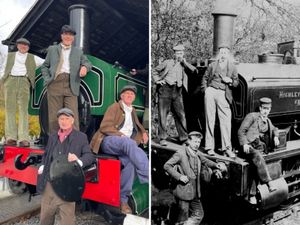Full steam ahead as Severn Valley Railway celebrates locomotive pioneer
It is full steam ahead for volunteers at the Severn Valley Railway as they prepare for the 250th birthday of the man who invented the locomotive – by sprucing up their recreation of the first passenger-carrying engine.
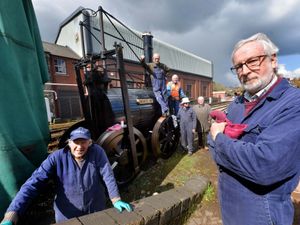
There will be a double celebration at the railway’s Bridgnorth station this week, as it not only admits its first passengers since the lockdown, but also celebrates 250 years since the birth of rail pioneer Richard Trevithick.
Trevithick, born on 250 years ago today, built the first passenger-carrying locomotive at Bridgnorth in 1808, and a team of volunteers at the Severn Valley Railway’s engine shed have spent the past 15 years recreating the famous engine.
And to prepare for Trevithick’s birthday, the team got their brushes out to give the locomotive a spring clean.
Brian Jones, a founder member of the Trevithick 200 society, is hopeful the engine will be finished by the end of the year, although that will depend on fundraising.
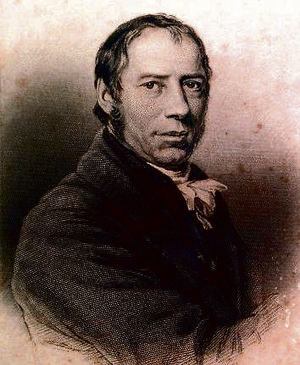
The engine, called Catch Me Who Can, operated on a circular track at was know as ‘Richard Trevithick’s Steam Circus’.
It was not the first locomotive – Trevithick had designed two earlier engines which were used at collieries in Newcastle and Merthyr Tydfil – but it was the first to be used for a commercial passenger service.
It was built at John Hazeldine’s foundry in Bridgnorth Low Town, working in partnership with another locomotive pioneer, John Urpeth Rastrick.
It was meant to give the public a spectacular glimpse into the future of transport, and for a shilling a ride, people could experience speeds unheard of at the time, as well as the sounds, sights and smells of the latest steam technology.
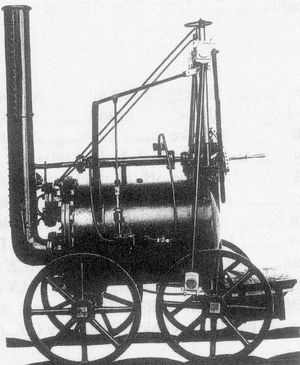
But the paying public of 1808 was not ready for the age of the train, and the world’s first passenger rail service closed after just two months.
The engine also proved too heavy for the brittle tracks, and while it had some novelty value, people did not take it seriously. Trevithick was said to be so disappointed by the public’s response that he never built another locomotive.
It is not known what happened to the original engine, and the only image of what it looked like was an engraving on an entrance ticket.
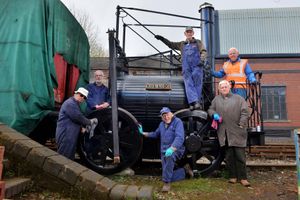
But a stationery steam engine was also built for Trevithick at Bridgnorth provided vital clues as to how it could be recreated.
The Trevithick 200 group received a £10,000 lottery grant in 2006, and along with a £2,300 contribution from Bridgnorth Town Council, allowed the work to begin.
Fifteen years on, Mr Jones says it is 90 per cent complete, although how quickly it will be finished will depend on fundraising.
“The main job left to do now is the brakes,” he says. “The original didn’t have any, because it ran on a circular track, but when you’re running in a straight line it is sensible to have them.
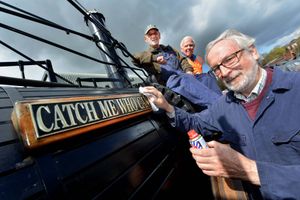
“We’re hoping to have it finished later this year, although we are not putting any time limit on it.”
Volunteer Charles Lamont said all remaining work could be completed by the team at Bridgnorth, but would take time.
“With a bit more money, most of this work could be contracted out, and we could get these final few jobs done much sooner,” he said.
To contribute to the fund go to the support page on www.catchmewhocan.org.uk.

